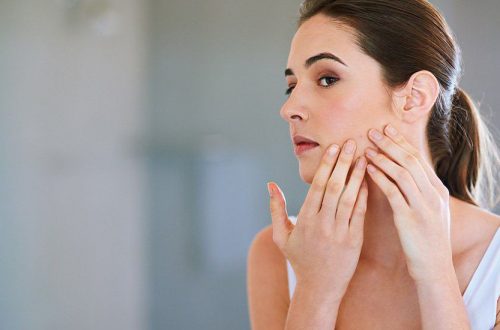Risks and fixes for Skin Spots
While skin spots are commonly associated with aging, as they are more prevalent in adults over the age of 50, they can also occur in younger individuals who have overexposed their skin to the sun. Pregnant women, especially those with darker skin, are also at risk of developing melasma, which is triggered by hormonal changes during pregnancy and can appear on the upper lip, forehead, and cheeks from the second month of gestation and persist in the postnatal period.
Prevention of Skin Spots
While some risk factors for skin spots, such as hormonal changes or genetic predisposition, may not be preventable, some steps can be taken to minimize the risk of skin spots caused by sun exposure. Here are some expert tips to prevent skin spots:
Limit Sun Exposure: Avoid prolonged sun exposure, especially during peak hours (10 a.m. to 4 p.m.), with protective clothing, such as wide-brimmed hats, long-sleeved shirts, and sunglasses, and seek shade when possible.
Apply Sunscreen: Use a broad-spectrum sunscreen with at least SPF 30 or higher on all exposed skin, even on cloudy days. Reapply every two hours or immediately after swimming or sweating.
Protect Your Lips: Apply lip balm with SPF to protect your lips from sun damage.
Avoid Tanning Beds: Tanning beds can also increase the risk of skin spots and skin cancer. Avoid using tanning beds altogether.
Use Protective Measures: Use umbrellas, canopies, or sun-protective clothing when spending time outdoors, especially during prolonged sun exposure.
Stay Hydrated: Drink plenty of water to keep your skin hydrated, which can help maintain its health and reduce the risk of skin spots.
Treatment of Skin Spots
If you already have skin spots, there are several treatment options available, depending on the type and severity of the spots. It’s important to consult a dermatologist for an accurate diagnosis and appropriate treatment plan. Here are some common treatment options for skin spots:
Topical Medications: Prescription creams or lotions containing ingredients such as hydroquinone, retinoids, corticosteroids, or kojic acid can help lighten or fade skin spots over time.
Chemical Peels: Chemical peels involve applying a solution to the skin that exfoliates the top layer, revealing fresh skin and reducing the appearance of skin spots.
It’s important to remember that prevention is key when it comes to skin spots. Protecting your skin from sun exposure, avoiding tanning beds, and taking other preventive measures can significantly reduce the risk of developing skin spots. If you notice any suspicious spots on your skin, it’s crucial to consult a dermatologist for proper evaluation and appropriate treatment.


